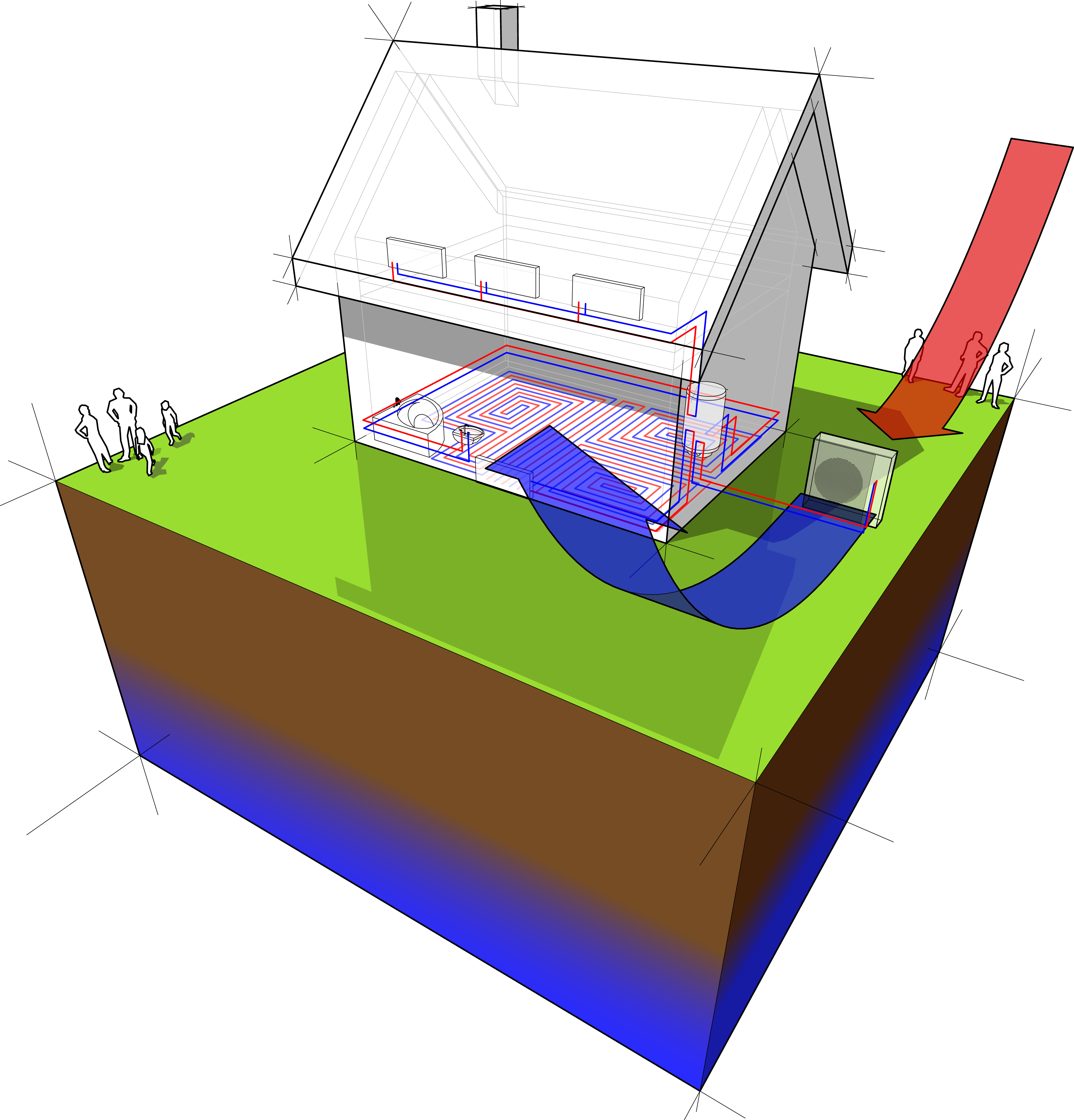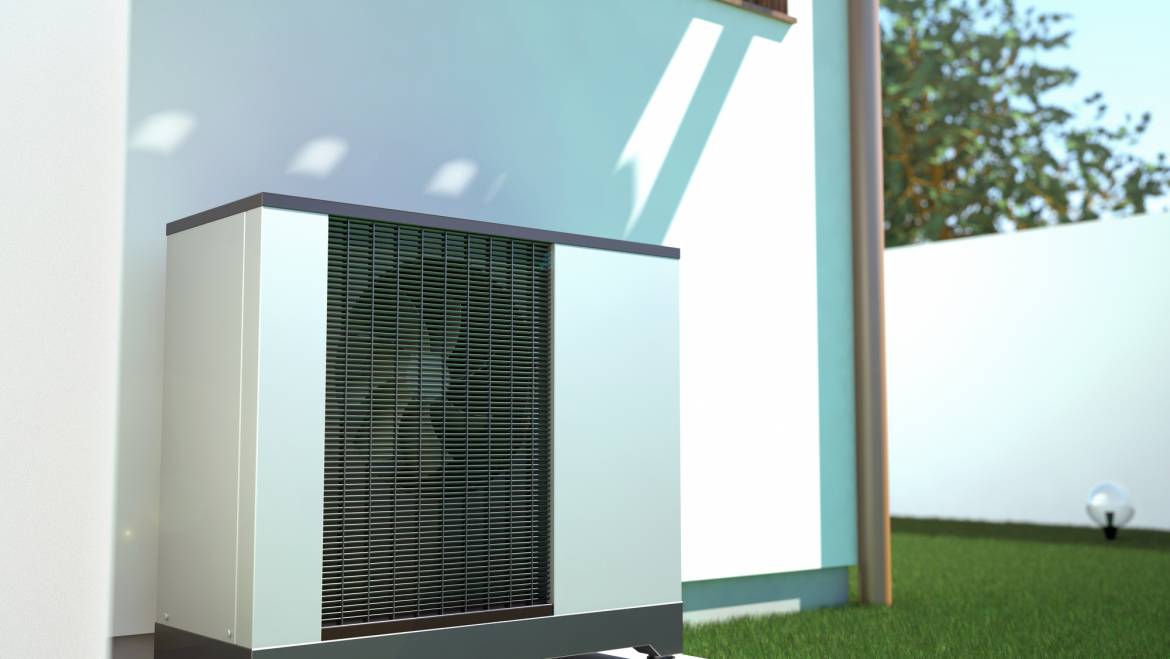What is an Air Source Heat Pump and how does it work.
An air source heat pump (ASHP) is a renewable energy system that produces heat. An ASHP is an
alternative to a gas boiler and like a gas boiler can provide hot water for your taps, for your central
heating radiators and even your underfloor heating.
An ASHP absorbs the heat from ambient air and then transfers this heat to the water in your water
cylinder through a process of gas to liquid exchange. AN ASHP works the same way as a refrigerator
just reversed. The main physical components of an ASHP are a coil full of refrigerant a compressor
pump and a heat exchanger.
Quality ASHP like the Mitsubishi Ecodan range are very efficient and produce roughly 3.5 times much
energy as they consume. Because of this high level of efficiency and the fact that heat from the air is
used ASHPs are classified as a renewable energy. This means that once an ASHP is fitted to your
home or building you are eligible to apply for the Renewable Heat Incentive (RHI).
Pros of Air source heat pumps:
- ASHPs do not emit any greenhouse gases
- Very efficient. Converts 1kw of electrical energy into 3.5KW of heat energy
- Quick installation
- Part of the renewable heat incentive scheme (RHI). Payable quarterly for 7 years (RHI tariff
10.71 per KWh used). - Saves 40-50% of your heating bills
- Low noise levels at only 45 -52 DBa
- Standard 3 year warranty extendable to 7 years. Mitsubishi Ecodan heat pumps have a shelf
life of 20-25 years. - Maintenance cost relative to gas boiler is almost none.
- No need to have access to mains gas in order to have hot water.
- Work in temperatures as low as -15 Degrees
Cons of Air source heat pumps:
- Works better with larger radiators and well insulated buildings
- Takes slightly longer than a gas boiler to heat up water


